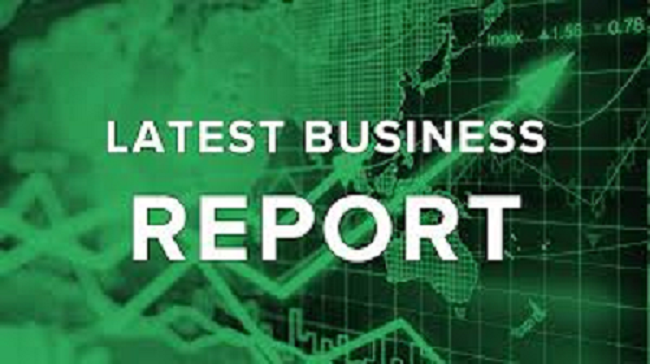The Eurozone today is going into the same deflationary situation that the U.S. did under Jackson’s destruction of the Second Bank, and the post-Civil War budget surpluses that deflated the economy. But whereas the Fed’s creation was designed to inflate the U.S. economy, Europe’s European Central Bank is designed to deflate it — in the interest of commercial banks in both cases.
1. Introduction
Deflation was the main U.S. financial problem prior to 1913. To replace the Treasury conducting its fiscal operations independently from the banking system, New York banks urged more power over public finances and to establish the Federal Reserve to increase the supply of money (a more “elastic” issue) in response to banking needs. Monetary policy since the Great Depression that started in 1929 has aimed at re-inflating the economy after downturns, fueling the post-2001 financial bubble and, since 2008, Quantitative Easing to provide banks with liquidity to support asset prices.
By contrast, Europe’s trauma of hyperinflation after World War I gave Europe’s bankers and bondholders a rationale for gaining power over governments to prevent them from monetizing their budget deficits. The rhetoric of fighting inflation has enabled German and French banks to impose tight money policies and smaller public self-funding than in the United States. On both continents, banks gained power over governments. But in America it was by insisting on more money creation and deficit spending, and in Europe by advocating limits on public money to finance deficits.
For most of the 19th century the U.S. Treasury conducted its monetary and fiscal policy in ways that imposed deflationary pressures on the banking system. President Andrew Jackson (1829-1837) of Democratic Party starved the economy of credit by his war on the Second Bank of the United States and removal of government deposits to sub- treasuries around the nation. His Democratic Party policy was backed by Southern plantation owners opposing Northern industry, seeing that its growth would increase urban industrial demand for food and other consumer goods. This would raise prices for the crops that plantation owners needed to feed their slaves.

